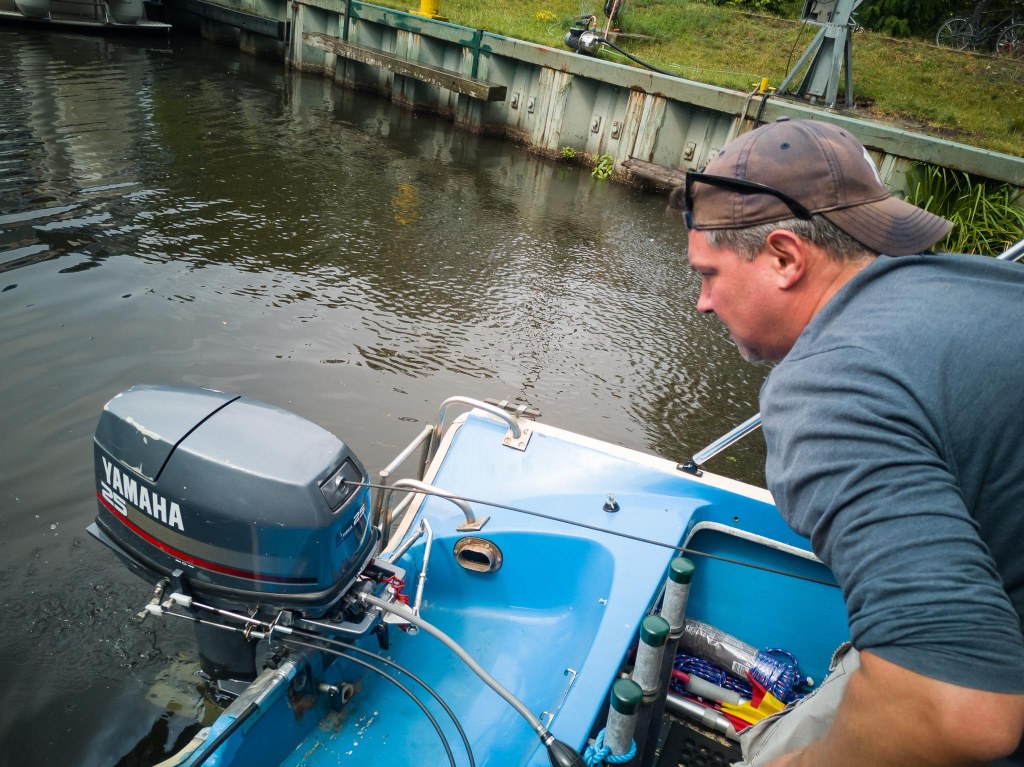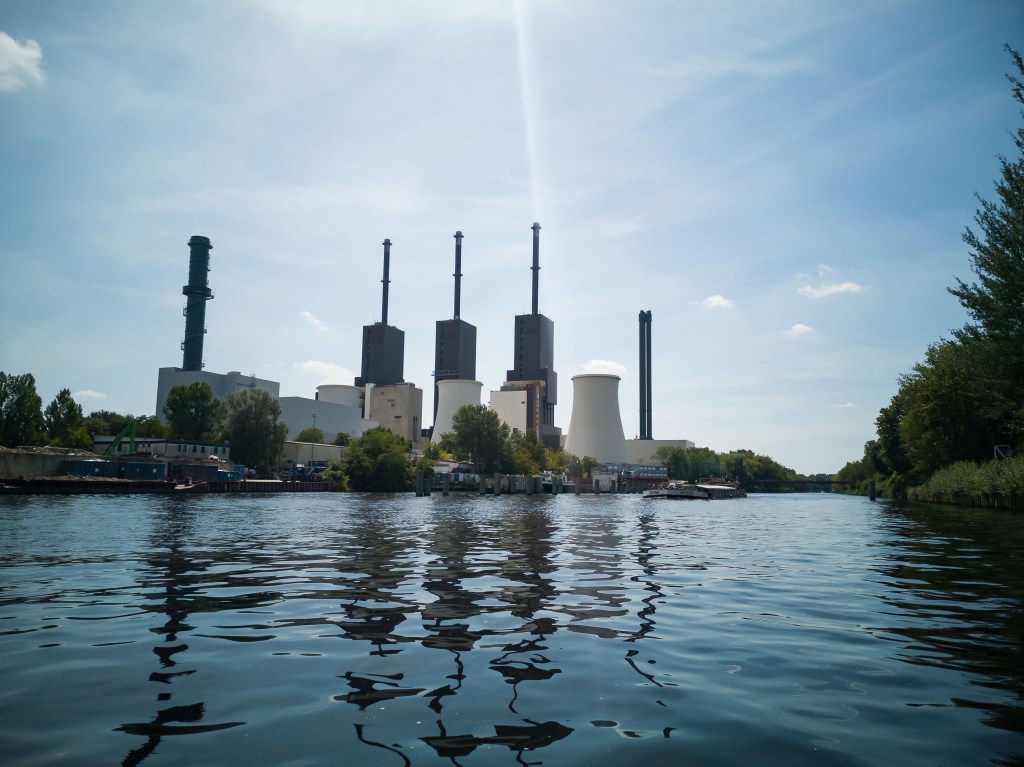Berlin’s watery west pt. 1: Wannsee

A slightly different style of sightseeing
While almost nothing in the world of tourism has seen as much abuse as the term “off the beaten path” we actually do try to find and create experiences for those of you, who have already done the checkbox style things every Berlin visitor does sooner or later. So, you start with a regular sightseeing thing, either by bus, or metro or bike and go see the essentials like Brandenburg Gate, and Museum’s Island and the like, than, maybe on your second, you go and try to find where the real Berlin is and you end up in Kreuzberg, Neukölln and Friedrichshain, the hip, international, streetarty neighbourhoods that is more or less equally overrun with visitors as Mitte is, but these are cool people, that go and buy a Späti Bier to drink in the park instead of spending 8 € for a beer in a Bavarian place at Alex (that’s where all the Asians go, they simply don’t have time to do Munich AND Berlin, so if they opt for the latter, operators usually gives them a dose of Lederhosen right here). After that, the real fun starts, the real exploring begins, because you can’t rely on the top 5 google search results for “10 amazing things to do in Berlin” – never, really, never follow one of those lists – instead it usually pays of to just look at the map, find a neighbourhood that looks good, get on a bike and simply start riding. Google Maps knows so many strange and quirky places if you zoom in, that you’ll find exciting stuff almost by accident wherever you roam. Mind you, most of it, won’t be anything really famous, but very soon, maybe after two or three of those tours, you’ll start to feel the underlying fabric of the city, her distinctly shaped districts and how everything is connected to everything else.

The Steglitz marina – harbour seems a bit grandiose – is set on a green peninsula in the canal and it even has a memorial. Not sure what it was about, but I seem to remember something about an engineer for racing boats.
Sorry, I digressed. This was a rather lengthy explanation of our choice of goal for two micro-vacations we did over the last weekend, that led us to Berlin’s western edge/suburbs, both with a lot of water involved. In the city itself, we treat our waterways like the unwanted uncle on family gatherings no-one really likes, no-one really talks to, but you know, he’s always been invited so what can you do. We don’t clean our rivers up, even though there has been a cheap and practical solution to do that in just 24 months for nearly a decade now. When it rains, both the Spree and the Landwehrkanal get flooded with untreated sewage and where other cities are turning streets along their rivers into pedestrian zones, we can’t even access ours in a lot of places. That all changes if you move to the outskirts of Berlin. If you look at the map, you’ll see that the Havel river forms an almost unbroken water world all along the city’s western edge. There are numerous canals, sometimes the river widens to a lake, Wannsee the most famous of them, pretty much from Tegel in the North to Potsdam in the South.

Took us a while to coax the motor to run, but once it was running, it just ran and subsequently started on the first try.
Boat ride around Wannsee
Wannsee is not only the name of the lake, but that of Berlin’s poshest and greenest district. Our first daytrip starts at the Steglitz harbour. This is a small private harbour on a peninsula in the Teltow canal and it only exists because some petrol heads need a place to store their racing boats. By now, though it’s mostly just a regular small marina with maybe a dozen boats. Among them the Claudia, my friend Olli’s 4m long skandinavian fun boat in bright blue, that was more than adequately powered by a 25 PS two-stroke outdoor motor. To get from there to anywhere interesting we needed to take a 10km ride along the canal. Problem is, you’re only allowed to go 10km/h, so it takes a rather lot of time sitting directly behind an engine that mostly produces loud sounds – and since we were going forward, probably a little thrust as well. But let me tell you; it’s a challenge to talk over that din. Interestingly it becomes a bit better when you go faster, or at least it feels like it, cause you’re actually having fun, once the boat starts to glide at around 15 km/h.
Other than the distance, you have to pass the Kleinmachnow locks to actually get to Wannsee. With nearly 3 m of elevation differential it is high for a canal that’s less than 40 km in total. The lock itself is a fascinating combination of utalitarian and beauty and if you’ve never been in a small boat when 100s of cubic meters of water rush in to lift you 3 m in just under 3 minutes, it definitely is something you don’t want to miss. It even was a bit of an adventure because my mate is relatively new to this whole boating thing as well and it was his biggest lock yet. But in the end, it all went without a hitch and we were free to tackle the last little bit of canal before we could start our circumvention of Wannsee.
Getting around by boat as a visitor
So far, this post and tour have neither been very interesting nor very practical from a visitors point of view. But there’s an easier version that works well for non-local landlubbers. Just take the S-Bahn (or maybe a rental bike) to the Griebnitzsee station you have the choice of two places to rent a Kajak, stand-up paddling board or canoo. One of them is our Potsdam partner Potsdam per Pedales right in the station and Söhnel Werft right at the junction of where the canal leads into Griebnitzsee (in the end, it’s all the same Havel water).



